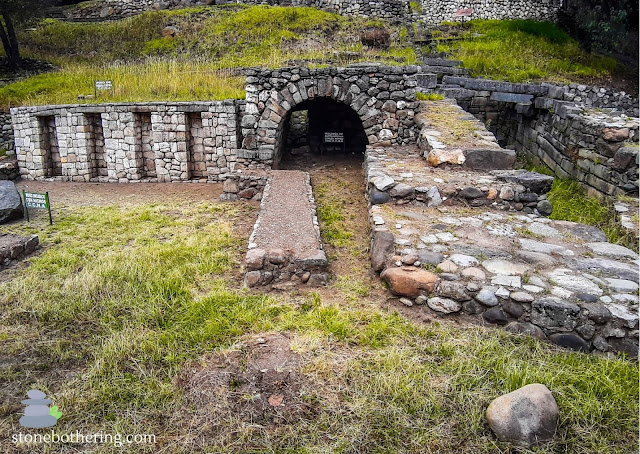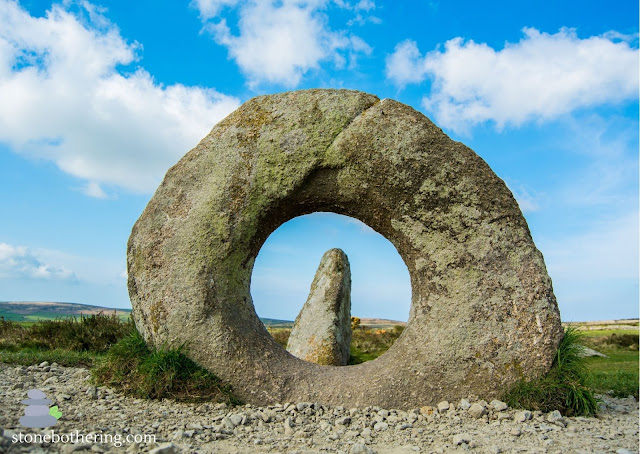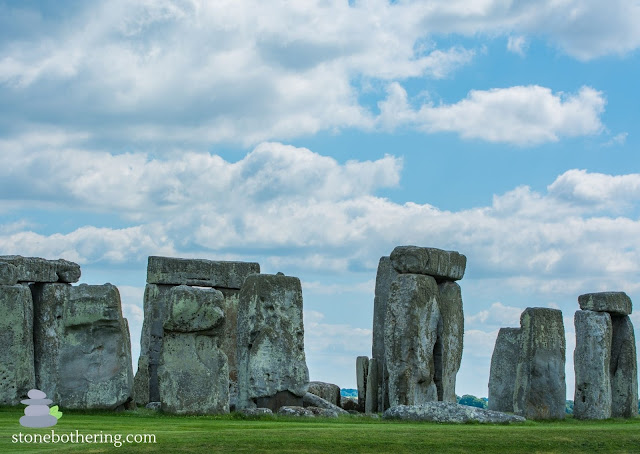Neolithic Polishing Stones (Polissoirs): A window into the past

Neolithic polishing stones, also known as polissoirs, are large stones that were used by Neolithic people to sharpen and polish their stone tools, such as axes, adzes, and chisels. These stones are typically made of hard, durable materials such as sandstone, granite, or quartzite. They often have a smooth, concave surface that was created by repeated use. Polissoirs are found all over the world, but they are particularly common in Europe and Asia. They are thought to have been used from around 10,000 to 5,000 years ago, during the Neolithic period. This was a time when humans were transitioning from a nomadic lifestyle to a more settled one, and they were developing new technologies, such as agriculture and pottery. Polishing stones were an essential tool for the Neolithic people. Sharp, polished stone tools were essential for felling trees, clearing land for farming, building houses, and making other tools and weapons. Polishing stones were also used to make ceremonial objects, such a...




.jpg)
.jpg)